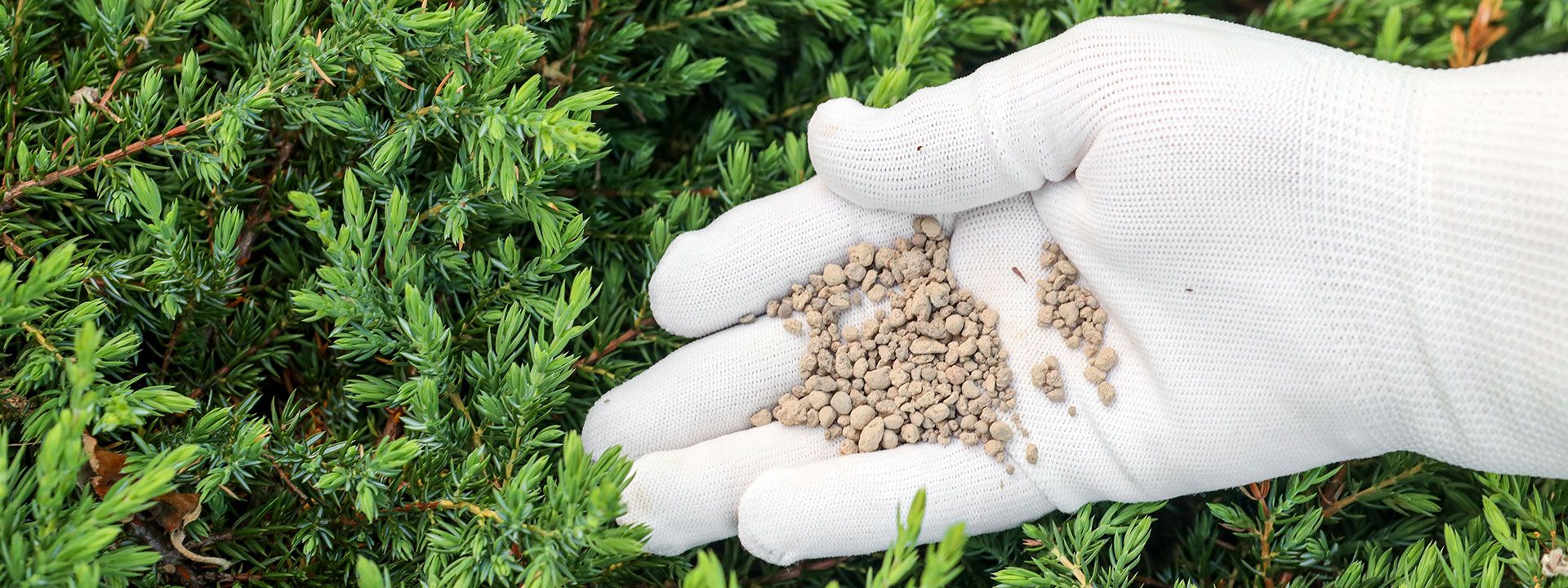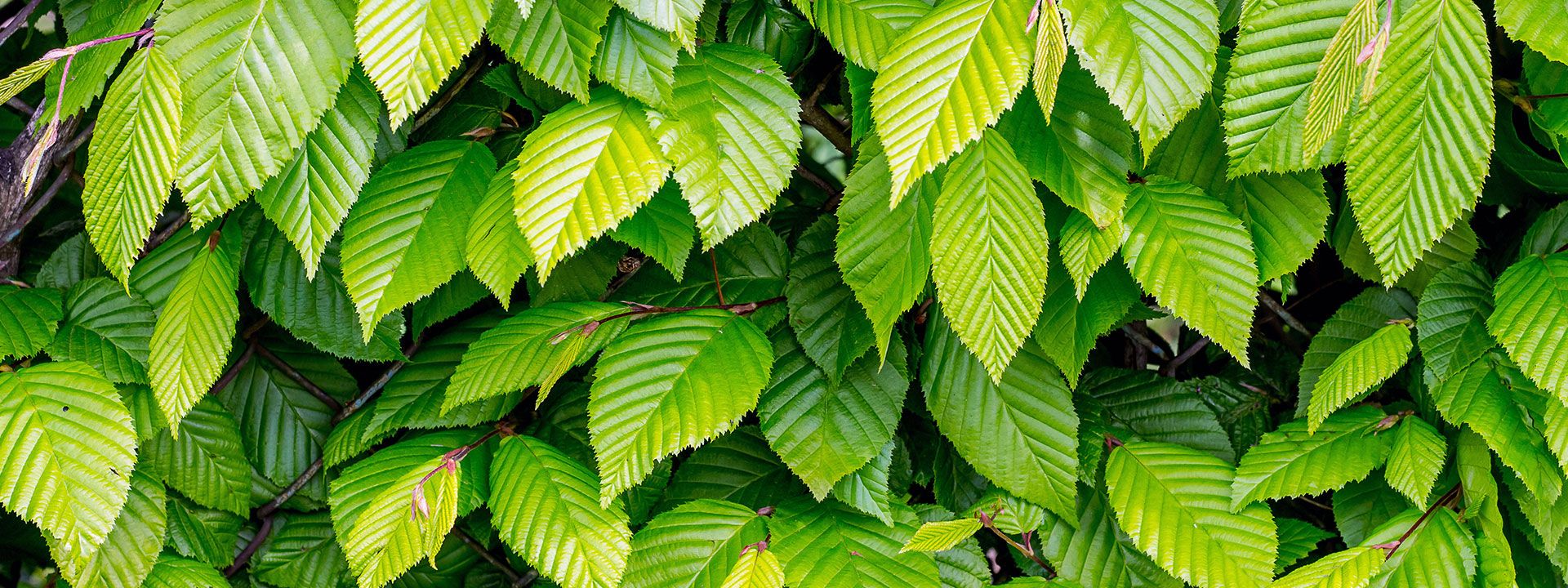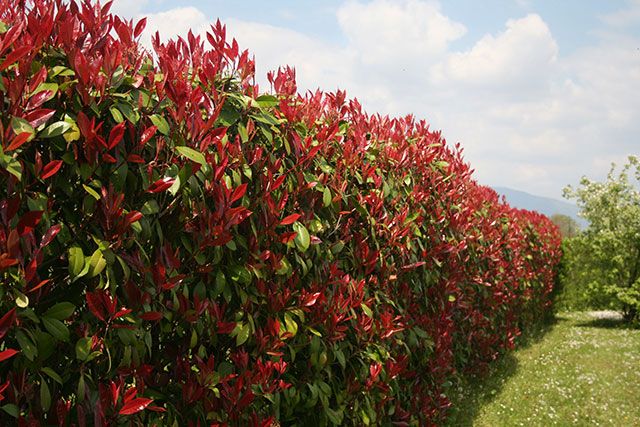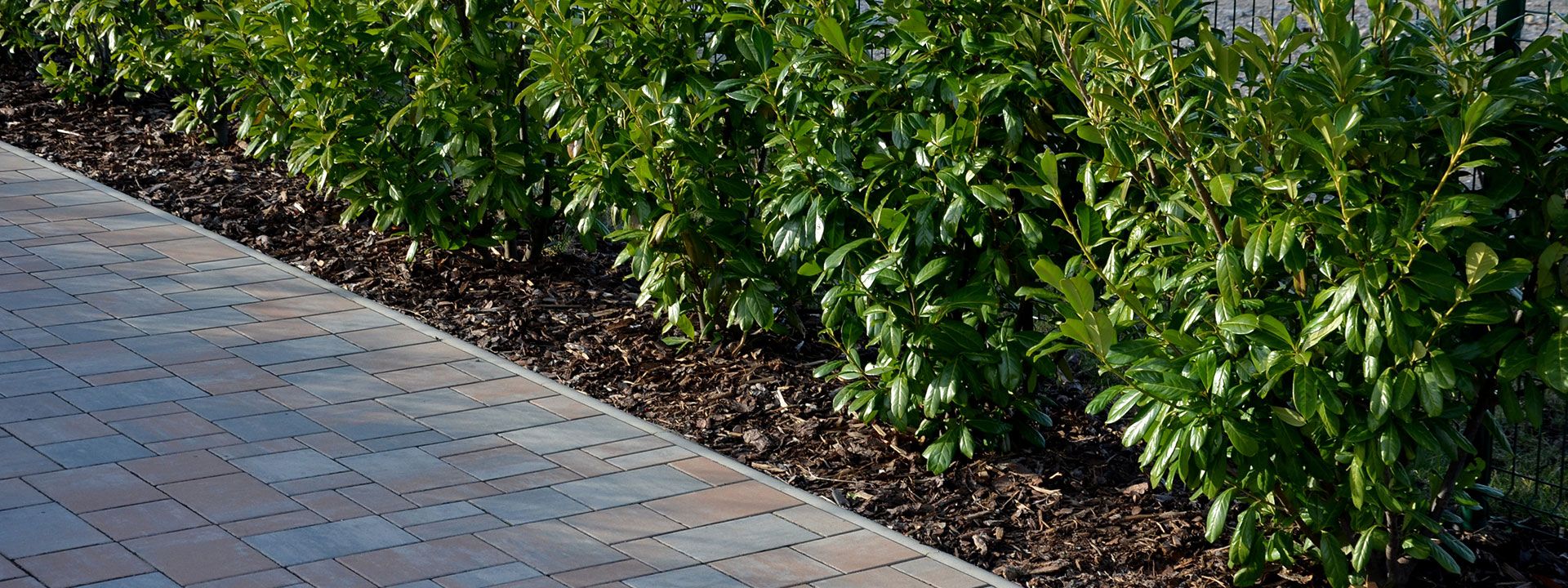Are you struggling with maintaining a healthy, thriving hedge in your garden? Fertilising your hedges is a crucial aspect of hedge care that many gardeners overlook.
In this comprehensive guide on how to fertilise a hedge, we’ll explore the importance of fertilising hedges, different types of fertilisers, best practices, and common mistakes to avoid.
Follow our advice, and you’ll be well on your way to a lush, beautiful hedge that will be the envy of your neighbours.
Fertilising hedges is essential for various reasons, such as promoting healthy growth, enhancing soil structure, and increasing resistance to pests and diseases. In urban areas, soil quality can be poor or heavy with clay or sand.
This may prevent necessary nutrients from reaching hedges, causing further concern. Utilising the appropriate fertiliser for planting hedges can provide the benefit of replenishing vital nutrients, thus ensuring optimal health.
Fertilisers can be applied in a variety of ways, such as through granular forms like our slow release granular hedge feed.

Nitrogen, phosphorus, and potassium are essential nutrients found in fertilisers that play a significant role in plant growth. Here’s what each nutrient does:
Nitrogen promotes vigorous leaf growth and a healthy green hue.
Phosphorus is vital for developing strong roots and promoting the production of seeds, fruit, and flowers.
Potassium enables proper growth and reproduction in plants.
When you fertilise hedges, make sure to provide them with these essential nutrients. This process is crucial for maintaining the health and appearance of your hedges.
The release of chemicals from controlled release fertilisers increases with higher soil temperature, which is associated with increased plant growth when using organic fertilisers. By providing these essential nutrients, fertilising hedges encourages healthy growth and a fuller appearance, contributing to an attractive and well-maintained garden.
Soil pH levels play a significant role in the success of your hedge, as certain hedge plants require specific pH levels to thrive.
For example, Rhododendrons require acidic soil (lower than 5.8) for optimal growth and survival, as root development is crucial for their growth.
Fertilising hedges has the potential to positively impact soil structure by:
By improving and maintaining ideal soil conditions for hedge planting, you’ll be providing your hedge plants with the essential nutrients they need to remain healthy and vibrant.
Proper fertilisation helps sustain a vigorous and healthy hedge, which is more resilient to pests and diseases.
Fertilisers like bone meal provide the essential nutrients that enhance the plant’s resistance to diseases, pests, and other stress factors. By providing the required nutrients for optimal functioning, proper fertilisation can also enhance the plant’s feed conversion efficiency, allowing for more effective utilisation of nutrients.
So don’t underestimate the power of fertilising your hedges in keeping them healthy and resistant to common pests and diseases.
Selecting the right fertiliser for your hedge can be a daunting task, given the variety of options available.
Organic and chemical fertilisers are the two main options for fertilising hedges. You can choose either one to use. Each type has its advantages and disadvantages, and your choice will depend on your preferences, the specific requirements of your hedges, and your overall gardening philosophy.
In the following sections, we will delve into the different types of fertilisers and provide guidance on choosing the best one for your hedge.

Inorganic fertilisers such as our popular long lasting granular hedge feed are fully artificial fertilisers that provide a rapid supply of nutrients to plants.
They typically comprise mineral salts such as nitrate, phosphate, and potash, which contribute nitrogen, potassium, and phosphorous. Inorganic fertilisers offer a rapid supply of nutrients to plants, aiding in their rapid growth.
They are straightforward to apply and can be used in a multitude of soil types.
However, inorganic fertilisers can potentially result in nutrient imbalances or runoff, which can have a detrimental effect on the environment.
It is essential to use inorganic fertilisers responsibly and in accordance with the manufacturer’s instructions to avoid any negative consequences.
If you have any questions about which type of fertiliser is best for your hedge, please contact us.
Organic fertilisers are sourced naturally from plant or animal materials and take longer to release nutrients compared to chemical fertilisers.
Examples of organic fertilisers include compost, manure, and seaweed extract. Organic fertilisers are slow-releasing, providing a consistent supply of nutrients to the soil over a prolonged period, which fosters soil health and stimulates healthy plant growth.
Bonemeal is an example of an organic, slow-releasing fertiliser that contributes to the growth and development of plants by establishing a robust and healthy root system. Seaweed plant feed is another popular organic fertiliser. It is a liquid fertiliser formulated to contain a combination of nutrients that helps promote the growth of both roots and shoots.
Organic fertilisers can be an excellent choice for your hedges, as they promote soil health and provide a steady supply of nutrients throughout the growing season.
Mycorrhizal fungi fertilisers are products that contain beneficial fungi that form symbiotic associations with plant roots. These fungi aid in the enhancement of nutrient uptake and the improvement of plant growth, making them a natural choice for fertilising your hedges.
Products like Rootgrow Mycorrhizal Fungi and Afterplant Evergreen Fertiliser are recommended to be employed during planting projects. They offer:
A well-established root system
Improved drought tolerance
Healthier plant growth
Superior establishment
N-P-K ratios are paramount when selecting a fertiliser for hedges, as they denote the quantity of nitrogen (N), phosphorus (P), and potassium (K) in the fertiliser.
These three components are indispensable for vigorous plant growth and must be in equilibrium for the fertiliser to be effective.
Various species of plants require different ratios of N-P-K in order to flourish, so it is imperative to investigate the particular requirements of the species of hedge you are attempting to fertilise.
This will guarantee that you are providing the appropriate balance of nutrients, and give your hedge the nourishment is needs to flourish throughout the year.

Now that we’ve explored the importance of fertilising hedges and the different types of fertilisers available, it’s time to discuss best practices.
To achieve optimal results, it’s crucial to prepare the soil properly. Adhere to recommended application rates and guidelines, and adequately water hedges after fertilising.
Proper soil preparation is essential to ensure hedges have the optimal beginning. Before fertilising, the soil should be loosened and aerated to promote aeration, and any weeds should be removed to ensure optimal growth.
In addition, having the soil tested to determine the composition of the soil is an effective way to assess the need for fertilisation. By taking these steps, you’ll be creating the ideal environment for your hedge to thrive.
There are various methods of applying fertiliser to hedges, each with its own benefits and drawbacks. Top dressing involves applying quick-release fertilisers to the surface of the soil surrounding the plant, providing essential nutrients. Base dressing incorporates fertiliser into the soil prior to sowing, potting, or planting.
Watering on fertiliser is a method of supplying water-soluble, instant nutrient-boosting fertilisers during the growing season. Finally, foliar feeding is a less conventional method of applying fertiliser, yet can be effective for addressing immediate nutrient deficiencies or supplementary feeding requirements.
It’s crucial to choose the appropriate application method for your specific fertiliser and hedge type to ensure the best results.
The recommended time to fertilise hedges varies depending on the type of hedge and the time of year. Generally, it’s advised to fertilise hedges in early spring when they are beginning to produce new growth. A second application of fertiliser may be applied during late summer or early autumn to provide additional nutrients for the upcoming growing season.
For evergreen and semi-evergreen hedges, early autumn is the recommended time to fertilise, while deciduous hedges should be fertilised in late winter or early spring. By adhering to these seasonal guidelines, you’ll ensure your hedges receive the necessary nutrients to remain healthy and vigorous throughout the year.
Each hedge type has unique fertilising requirements, so it’s important to tailor your fertilisation approach to the specific needs of your chosen hedge.
In the following sections, we’ll provide tips for fertilising evergreen and deciduous hedges, ensuring optimal growth and health for each type.
Evergreen hedges have specific fertilising needs that must be met in order to maintain healthy growth. A balanced fertiliser containing nitrogen, phosphorus, and potassium should be applied in the spring and autumn to promote healthy growth.
Afterplant Evergreen Bio-Active Fertiliser can be used as an aftercare product for evergreen shrubs, complementing the use of Rootgrow during planting.
Additionally, organic fertilisers, such as garden compost, manure, and seaweed extract, can be employed for evergreen hedges, as well as inorganic fertilisers like sulphate of ammonia, nitrate of soda, and superphosphate.
By catering to the specific fertilising needs of evergreen hedges, you’ll ensure their continued health and vigor year-round.
Deciduous hedges shed their leaves in the winter and have unique fertilising requirements compared to evergreen hedges. To improve soil structure and water holding capacity for deciduous hedges, incorporating decomposed material such as compost or manure into sandy soil is recommended.
A slow-release phosphorous fertiliser or organic fertiliser mix is advised for these hedges, along with potassium fertiliser in autumn to promote hardening of shoots. For optimal nutrient availability throughout the growing season, a slow release fertiliser should be applied in early spring and late summer.
By understanding the specific fertilising needs of deciduous hedges, you’ll be able to provide them with the essential nutrients they require for healthy growth.
Fertilising hedges may seem straightforward, but there are potential pitfalls to be aware of. Some of these mistakes include over-fertilisation, incorrect application methods, and neglecting soil health.
By being mindful of these common mistakes, you can avoid harming your hedges and ensure their continued growth and vitality.

Over-fertilising hedges can lead to excessive growth, reduced vigor, increased vulnerability to damage, and environmental harm. To prevent over-fertilisation, it is essential to adhere to the instructions provided on the fertiliser packaging and ensure that the amount used is appropriate for the size of the hedge.
Moreover, testing the soil prior to fertilising can help ensure that the soil does not already possess an excessive amount of nutrients.
Using the correct application method for the chosen fertiliser is crucial for achieving optimal results and preventing wastage or misuse. Inappropriate application methods may include applying excessive amounts of fertiliser, administering fertiliser too close to the hedge base, or administering fertiliser onto dry or wet soil.
Always adhere to the manufacturer’s instructions and choose the appropriate application method for your specific fertiliser and hedge type.
Neglecting soil health can lead to stunted growth, nutrient deficiencies, and even mortality of the hedge. To optimise soil health, it is advisable to add organic matter such as compost or manure to the soil, which will help improve the soil structure and provide essential nutrients and minerals to the hedge.
Furthermore, it’s important to ensure that the soil is not over-fertilised, as this can result in nutrient imbalances and sub-optimal growth.
In conclusion, proper fertilisation is essential for maintaining healthy, thriving hedges.
By understanding the importance of fertilising hedges, choosing the right fertiliser, adhering to best practices, and avoiding common mistakes, you can ensure your hedges will flourish and enhance the beauty of your garden.
So grab your gardening gloves, pick the perfect fertiliser, and give your hedges the care and attention they deserve.